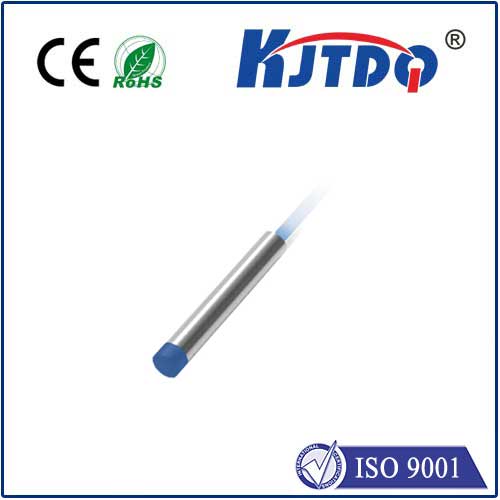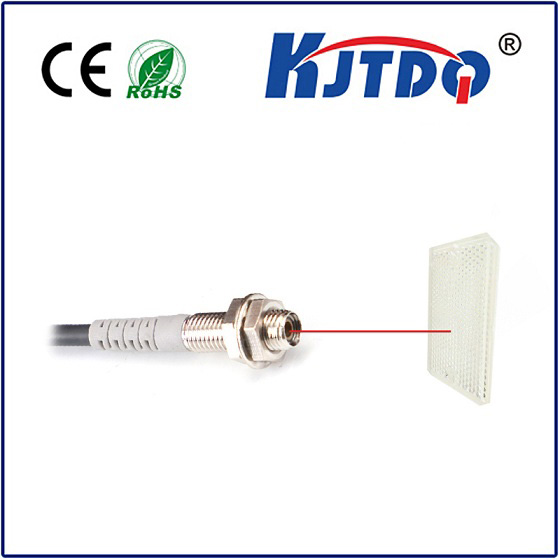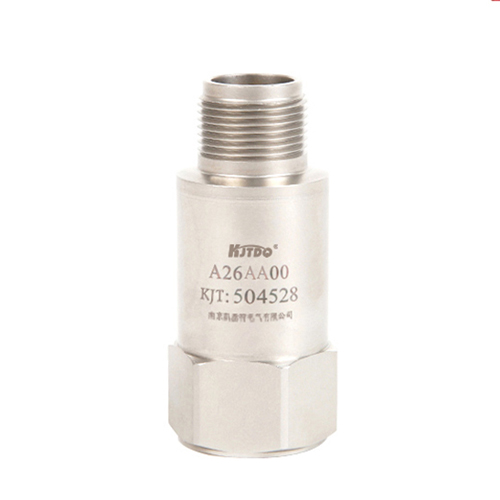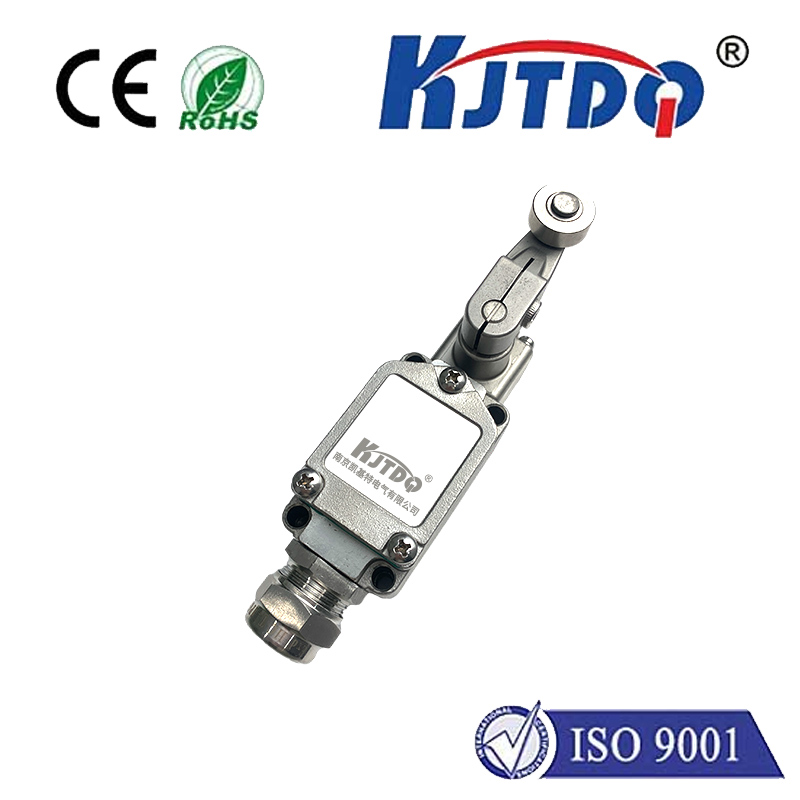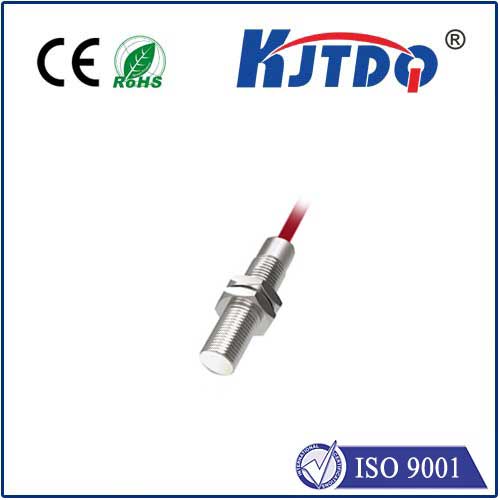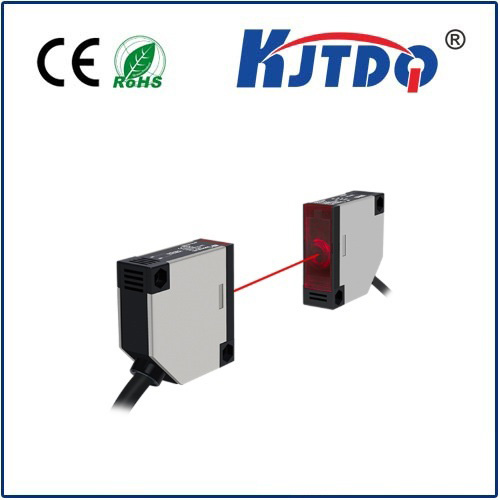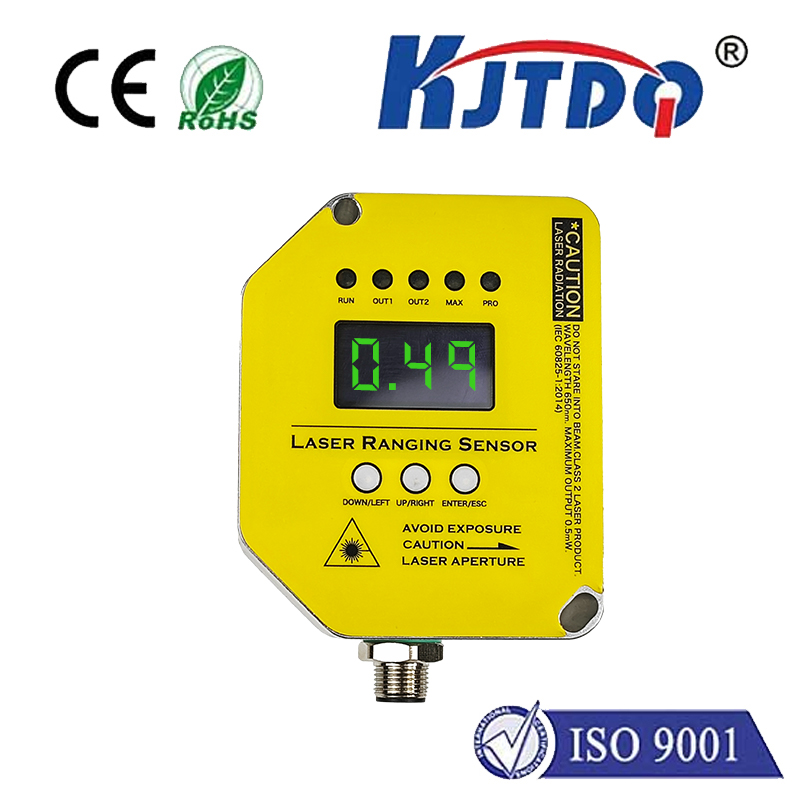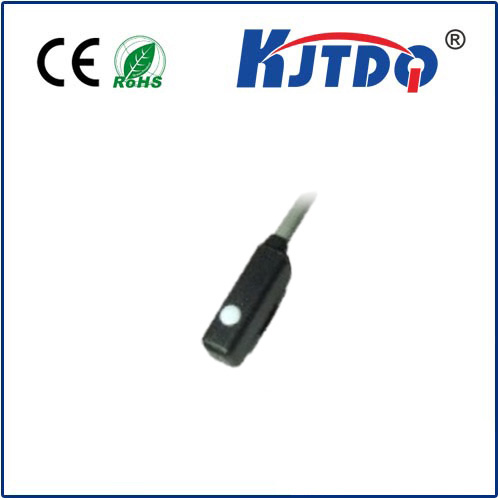
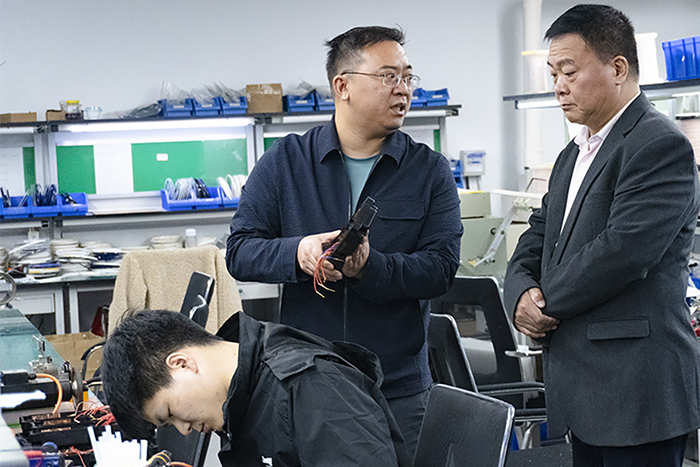
check

check

check
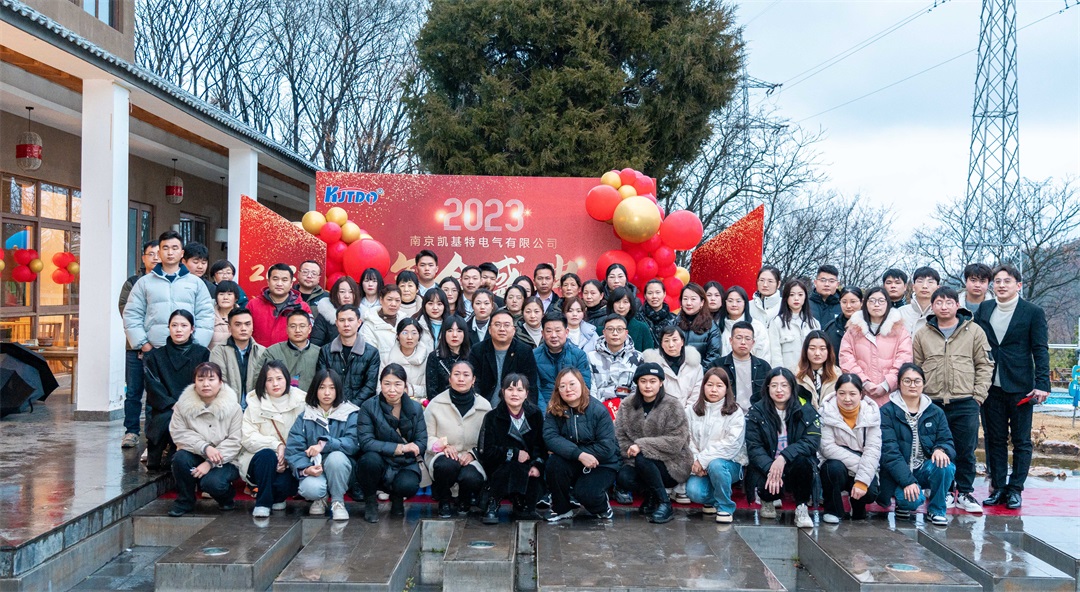
check

check

check

check

check

check

check
Mastering the VL53LXX V2 with Arduino: A Comprehensive Guide In the world of embedded systems and IoT, distance measurement is a critical task that often requires precision and reliability. The VL53LXX V2 sensor, a cutting-edge time-of-flight (ToF) sensor, has emerged as a popular choice for developers looking to integrate accurate distance sensing into their projects. When paired with an Arduino, this sensor becomes a powerful tool for a wide range of applications, from robotics to smart home devices. In this guide, we’ll explore how to effectively use the VL53LXX V2 with an Arduino, covering everything from setup to advanced features.
The VL53LXX V2 is a high-performance ToF sensor developed by STMicroelectronics. Unlike traditional infrared sensors, which rely on reflected light intensity, the VL53LXX V2 measures the time it takes for light to travel to an object and back. This method allows for highly accurate distance measurements, even in challenging environments with varying light conditions or object reflectivity. The sensor is compact, energy-efficient, and capable of measuring distances up to 2 meters with millimeter-level precision. Its versatility makes it suitable for applications such as gesture recognition, obstacle detection, and object tracking.
The Arduino platform is renowned for its simplicity and accessibility, making it an ideal choice for both beginners and experienced developers. By combining the VL53LXX V2 with an Arduino, you can quickly prototype and deploy distance-sensing solutions without the need for complex hardware or software configurations. The VL53LXX V2 is compatible with Arduino boards like the Uno, Nano, and Mega, thanks to its I2C communication interface. This seamless integration allows you to focus on developing your application rather than troubleshooting hardware compatibility issues.
To get started, you’ll need the following:
VL53LXX V2 sensor
Arduino board (e.g., Uno, Nano, Mega)
Breadboard and jumper wires
USB cable for power and programming

Connect the VL53LXX V2 to your Arduino using the following pin configuration:
VCC to 3.3V (Arduino’s 3.3V pin)
GND to GND
SDA to A4 (or the SDA pin on your Arduino)
SCL to A5 (or the SCL pin on your Arduino) Note: The VL53LXX V2 operates at 3.3V, so avoid connecting it to the 5V pin to prevent damage.
To simplify programming, install the VL53L0X library in the Arduino IDE. Open the Library Manager, search for “VL53L0X,” and install the latest version.
Here’s a basic example to measure and display distance readings:
#include
#include
VL53L0X sensor;
void setup() {
Serial.begin(9600);
Wire.begin();
sensor.init();
sensor.setTimeout(500);
}
void loop() {
int distance = sensor.readRangeSingleMillimeters();
if (sensor.timeoutOccurred()) {
Serial.println("Timeout!");
} else {
Serial.print("Distance: ");
Serial.print(distance);
Serial.println(" mm");
}
delay(100);
}
Upload the code to your Arduino, open the Serial Monitor, and you should see distance measurements in millimeters.
The VL53LXX V2 supports multiple sensors on the same I2C bus. By assigning unique addresses to each sensor, you can create a multi-sensor setup for applications like 3D mapping or multi-object tracking.
For time-sensitive applications, the sensor can operate in high-speed mode, reducing the measurement time without compromising accuracy. This feature is particularly useful in robotics and drones, where real-time data is critical.
The VL53LXX V2 allows you to configure ranging profiles to optimize performance for specific scenarios. For example, you can adjust the measurement timing budget and inter-measurement period to balance speed and power consumption.
The sensor includes built-in algorithms for environmental compensation, ensuring accurate readings even in challenging conditions like bright sunlight or low-reflectivity surfaces.
The VL53LXX V2 is ideal for obstacle detection and navigation in autonomous robots. Its compact size and high accuracy make it a perfect fit for small-scale robotics projects.
In smart home systems, the sensor can be used for gesture recognition (e.g., controlling lights with hand movements) or proximity detection (e.g., activating devices when a user is nearby).
The sensor’s ability to measure distances with millimeter precision makes it suitable for quality control and object positioning in industrial settings.
Integrating the VL53LXX V2 into wearable devices enables features like activity tracking and gesture-based controls, enhancing user interaction and functionality.
